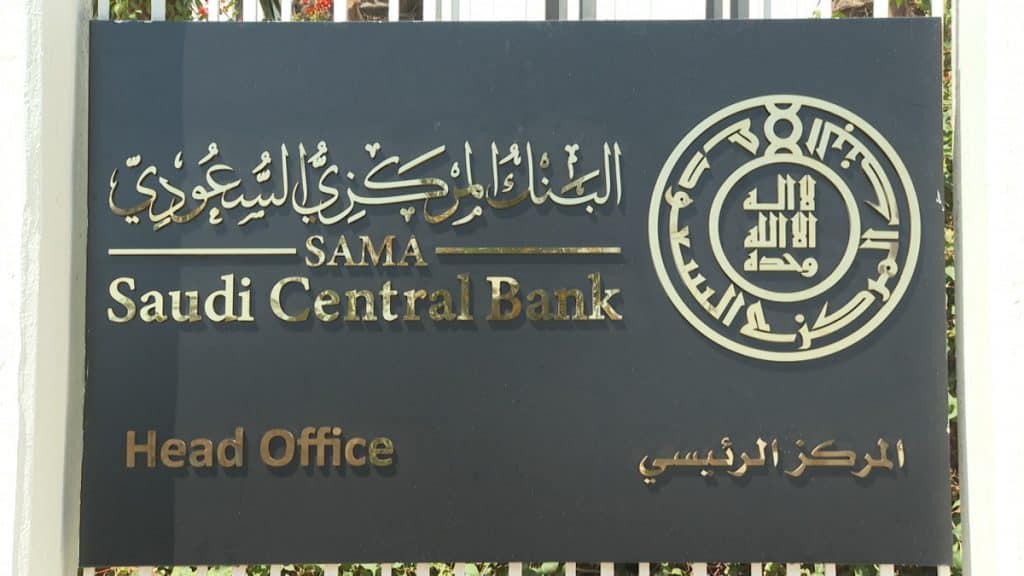Riyadh, Saudi Arabia— Foreign direct investment (FDI) into Saudi Arabia amounted to $32.52 billion in 2022, revised upwards from $8 billion figure that had been published previously.
According to SPA, the updated figure is a result of a new framework methodology for publishing FDI data in the kingdom which was adopted in October.
Saudi Arabia’s Ministry of Investment released on Tuesday updated statistics for foreign direct investment (FDI) in the kingdom under the framework of a new methodology to inventory and publish data adopted by the Kingdom last October.
The new methodology, endorsed by the International Monetary Fund (IMF) and praised by the United Nations Conference on Trade and Development (UNCTAD), relies on analyzing individual financial statements to realize highly accurate annual statistics, compared to the previous methodology, which relied on calculating the accumulation of flows based on estimates.
The new methodology and figures for FDI was invented after nearly 18 months of work between the Ministry of Investment, the General Authority for Statistics (GASTAT), and the Central Bank of Saudi Arabia (SAMA).
This came after ensuring that the new methodology harmonizes with international best practices, represented by the IMF’s Balance of Payments and International Investment Position Manual.
As part of the process of updating the data under the new methodology, the work team made diligent efforts to analyze the data of more than 10,000 individual foreign companies analyzing more than 70,000 financial statements, during the period from 2015 to 2022. The effort contributed to attaining the updated results using the new methodology, as follows:
The balance of FDI stock in 2015 was $110. 13 billion, in 2016 it was $135.46 billion, in 2017 it was $137.06 billion, in 2018 it was $150 billion, in 2019 it was $154 billion, in 2020 it was $156 billion, in 2021 it was $179 billion, and in 2022 it was $207 billion.
While FDI inflow in 2015 amounted to $17 billion, in 2016 it was $30 billion, in 2017 it was $7.20 billion, in 2018 it was $19 billion, in 2019 it was $8.53 billion, in 2020 it was $8 billion, in 2021 it was $27 billion, and in 2022 it was $32.53 billion.
Despite the impact of the COVID-19 pandemic, updated data has shown a positive and growing rise in the inflows of foreign direct investment (FDI) in the Kingdom since the launch of Saudi Arabia’s Vision 2030.
According to the new, more precise methodology, FDI hit 775 billion Saudi Riyals (US$207 billion) in 2022, placing the Kingdom in the 16th position among the Group of Twenty (G20) economies.
This corrects the previously estimated data of around 1 trillion Saudi Riyals (US$269 billion) under the previous methodology, accurately reflecting the FDI in the Saudi economy and demonstrating the Kingdom’s commitment to transparent calculation of its indicators.
FDI inflows, under the new methodology, were calculated at 122 billion Saudi Riyals (US$33 billion), a doubling of inflows from 2015 and seeing Saudi Arabia now ranked 10th amongst G20 economies in 2022.
These updated inflows numbers correct what was published under the previous methodology, which estimated inflows at about 30 billion Saudi Riyals (US$8 billion).
Minister of Investment Khalid Al-Falih said the Kingdom is committed to creating a best-in-class investment ecosystem in all aspects, including the development of a world-class methodology for compilating FDI statistics.
“Investors are entering the fast-growing Saudi market with confidence due to its size and strategic position, which provides an excellent platform to access growth opportunities across the Middle East and beyond,” the minister said.
“The updated data, produced under the new methodology, along with our investor outreach programs, will allow us to respond to and calibrate the investment environment to attract and retain even more investors,” he added.

